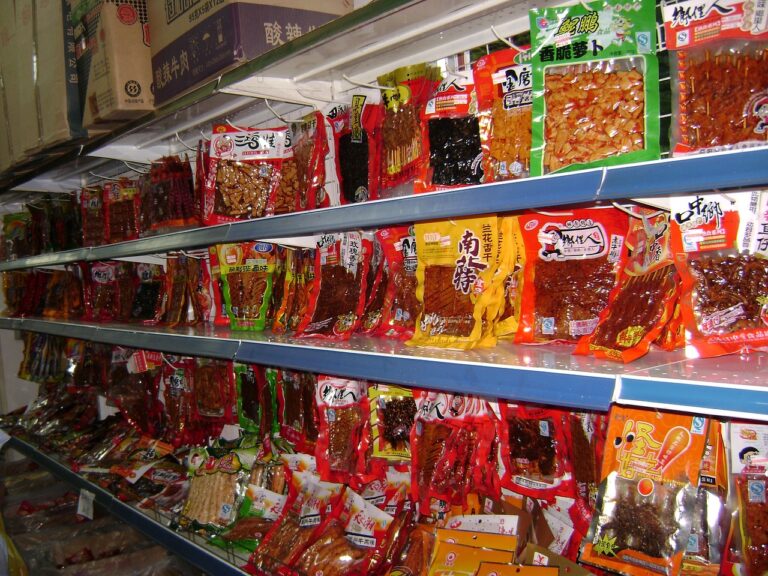Shopping for Eco-Friendly School Supplies: Recycled Notebooks, Non-Toxic Art Materials, and Reusable Lunch Containers
As more people become aware of the impact of their actions on the environment, the demand for eco-friendly school supplies has been growing. Choosing sustainable options for school supplies not only helps reduce the carbon footprint but also sets a positive example for the younger generation. By opting for products made from recycled materials or those that can be easily recycled, we can contribute to the conservation of natural resources and the reduction of waste.
Sustainable school supplies also often promote fair labor practices and support small local businesses that prioritize ethical production methods. This means that by choosing eco-friendly options, we are not only benefiting the planet but also supporting communities and businesses that align with our values. Making the switch to sustainable school supplies may seem like a small step, but collectively, these choices can have a significant impact on creating a more environmentally conscious society.
Benefits of Using Recycled Notebooks
Using recycled notebooks is a simple yet impactful way to reduce our environmental footprint. By opting for notebooks made from recycled materials, we are helping to minimize the demand for new paper production, which in turn conserves trees and reduces energy consumption. This small choice can make a big difference in the long run, contributing to the preservation of our natural resources and protection of the environment for future generations.
In addition to the environmental benefits, using recycled notebooks also promotes sustainable practices and encourages a mindset of conscious consumption. By incorporating eco-friendly products like recycled notebooks into our daily lives, we are fostering a sense of responsibility towards the planet and setting a positive example for others. Making the switch to recycled notebooks may seem simple, but the positive impact it has on the environment and society as a whole is significant and long-lasting.
• By using recycled notebooks, we help reduce the demand for new paper production
• This conservation of trees and reduction in energy consumption benefits the environment
• Choosing recycled notebooks promotes sustainable practices and conscious consumption
• Incorporating eco-friendly products like recycled notebooks sets a positive example for others
• The switch to recycled notebooks may seem simple, but its impact on the environment is significant
The Importance of Non-Toxic Art Materials for Children
Non-toxic art materials are essential for ensuring the safety and well-being of children during creative activities. Exposure to harmful chemicals and toxins found in certain art supplies can have serious health implications, especially for young and developing bodies. By opting for non-toxic options, parents and educators can create a healthier environment for children to explore their artistic talents without the risk of exposure to hazardous substances.
Furthermore, using non-toxic art materials not only protects children’s health but also promotes environmental sustainability. Traditional art supplies often contain harmful chemicals that can pollute the air, water, and soil during production and disposal. By choosing non-toxic alternatives, we can reduce our ecological footprint and contribute to a cleaner and safer planet for future generations.
Why is it important to choose non-toxic art materials for children?
Non-toxic art materials ensure the safety of children, as they are free from harmful chemicals that can be harmful if ingested or inhaled.
What are some common toxic ingredients found in art materials?
Common toxic ingredients include lead, phthalates, formaldehyde, and solvents like xylene and toluene.
How can I know if an art material is non-toxic?
Look for products that are labeled as non-toxic or AP certified. You can also check the ingredients list and avoid products with harmful chemicals.
Are non-toxic art materials more expensive?
Non-toxic art materials can sometimes be slightly more expensive, but the health benefits for children outweigh the cost.
Can I still find a variety of colors and options in non-toxic art materials?
Yes, there are many non-toxic options available in a wide range of colors and styles to suit all artistic needs.
How can I dispose of art materials safely?
To dispose of art materials safely, check with your local waste management facility for guidelines on recycling or disposing of toxic materials properly.







